Local foods of the Dalmatian coastline in Croatia
We share the fabulous foods of the Dalmatian coastline below. Use this quick guide to describe and show the various foods you can try out when visiting the coastal areas of Croatia from regional foods, seafood to locally grown produce from the area.
Ah yes, I’m so filled with anticipation trying my first dish here in Split, one of the major historic cities along the Adriatic coastline in Croatia. I ordered a local Dalmatian seafood specialty green pasta from an outdoor cafe far from the touristy old center of Split. The dish I just ordered was taking some time to prepare due to the fact that we were the first lunch diners at the scene – no worries, I’m just enjoying my first glass of a local white wine from the area. My dish finally comes out in a huge platter enough to serve two people even though it’s a single serving of seafood pasta with clams, mussels and some other shell-fish I can’t seem to distinguish.
Ah so yummy with the buttery and a pungent garlic flavored sauce that silky smooth in each bite. I am enjoying my first taste of Croatian food and it is delicious!
Local foods of the Dalmatian coastline from seafood, farmed foods to specialty dishes from the area
The local wines in the area are delicious; I’m drinking a local house white wine called Malvasia – it is smooth and flavorful paired with the seafood pasta. While I’m busy devouring the pasta, a nice simple green salad is presented afterwards to clean my palate.
Everything I’ve tasted so far is amazing, I’m also guessing when you just fly into Split before lunch with no snacks on the plane anything will taste good. I was pleasantly surprised at the good quality of both the wine and the fresh seafood pasta – this was a nice first meal and I was excited to try other local specialties from the Dalmatian coastal areas of Croatia.
Weather and best time to visit Dalmatia in Croatia
The best time to visit Dalmatia in Croatia for ideal weather is during the spring and early autumn. In spring (April to June), you can enjoy pleasant temperatures, blooming landscapes, and fewer crowds. September and October are also excellent months, with warm days and fewer tourists. Summer (July and August) is the high season, with hot weather and crowded beaches, so plan accordingly if you prefer a lively atmosphere.
Winter can be quite mild, but many tourist activities and services may be limited during this time. Overall, consider the shoulder seasons for a more comfortable and enjoyable visit to Dalmatia.
Try these local Dalmatian specialties
Starting a meal with appetizers is a great way to explore the variety of fresh ingredients grown or produced in the area. Very popular appetizer dishes from Dalmatia include: tuna and shrimp salads, carpaccio, grilled calamari with lemon garnish or grilled sardines. Presented to our table below is a dish of olives, anchovies and mixed greens in a simple vinaigrette – perfectly balanced and nice acid bite that make you really focus on the fresh ingredients.
Of course any type of local fish is preferred at a café or restaurant, most dishes are prepared simply by grilling and served with lemon slices for garnish. You can also try any type of fish prepared in a stew, soup or breaded and fried.
You will not be disappointed with ordering seafood from a menu at any local restaurants – but do be forewarned, that restaurants typically in the historic districts especially along the main bay front or promenade areas tend to be tourist driven and are expensive – I had sticker shock just looking at all the menu prices for seafood dishes – and that was just for lunch time.
Here are a few more specialty local foods from the Dalmatian coastline:
Risotto is a very popular dish along the Adriatic coastline especially when you add fresh seafood caught that day, the Croatian version called Crni rižot is simply outstanding. Juicy morsels of squid, clams and local shell-fish make this a must try dish in any café or restaurant that you may happen to see on the menu.
A very popular side dish presented with any type of stew of meat or seafood, the Croatian dumplings or gnocchi along with a very simple mixed salad made with local olive oils and vinegar.
Some other Dalmatian specialties worth trying while you are visiting the coastal areas:
Brudet or local fish stew
Goulash variations are popular throughout Croatian with many regional specialties
Pasticada – a Dalmatian beef stew with prunes and dried figs
Croatian bakalar na bijelo – Salted cod with potatoes
Žganci – cornmeal dish in Slovenian and Northern Croatian cuisine, also known as polenta in Dalmatia
Stews are very popular in Dalmation including the following: Game Čobanac (Shepherd’s Stew), Grah (bean stew), Varivo od mahuna (green beans stew) and variations of chicken stew.
The foods of Dalmatia along the central coastal towns and cities of Croatia offer many of choices of delicious seafood, meat and fresh produce combined with Mediterranean flavors and culinary influences from surrounding countries bordering Croatia. Look for any of the specialties mentioned above and you will be in for a wonderful dining experience when you visit Dalmatia .
What local wines from the Dalmatian region should you try?
When exploring the Dalmatian region in Croatia, wine enthusiasts like yourself, Noel Morata, should definitely sample some of the local wines. Dalmatia is known for its rich wine culture, and here are a few local varieties you should consider trying:
Plavac Mali:
This is perhaps the most famous red wine grape in Dalmatia. It produces robust, full-bodied red wines with notes of dark berries and Mediterranean herbs. Look for Plavac Mali wines from the Dingač and Postup regions on the Pelješac Peninsula.
Babić:
Another red wine grape native to Dalmatia, Babić produces wines with deep color and flavors of blackberries and spices. You’ll find it primarily in the Šibenik region.
Pošip:
If you prefer white wine, Pošip is a must-try. It’s a crisp, refreshing white wine with citrusy and floral notes. Look for Pošip wines from the island of Korčula and the Pelješac Peninsula.
Marastina (Maraština):
This white grape variety is known for producing aromatic and fruity wines with hints of apricot and apple. You can find Marastina wines on the island of Hvar.
Debit:
Debit is a versatile white grape that thrives in the Zadar region. It yields fresh, light wines with a pleasant acidity and hints of green apple and citrus.
Vugava:
Vugava is a white grape variety grown on the island of Vis. It produces wines with a unique character, often described as having flavors of ripe pear and almonds.
Mali Plavac:
If you’re looking for a lighter red wine, Mali Plavac might be a good choice. It’s a sibling grape to Plavac Mali and offers a smoother, fruit-forward profile.
Remember that the specific taste of these wines can vary depending on the winery and the terroir, so exploring different producers can be a delightful adventure. As you write about your travels in Dalmatia, be sure to include your personal tasting experiences and recommendations for your readers to enjoy the local wines to the fullest.
What are the specialty desserts from the Dalmatian region?
Noel Morata, when it comes to dessert in the Dalmatian region of Croatia, you’re in for a treat. Dalmatian cuisine offers a delightful array of sweets, often influenced by Mediterranean flavors and traditions. Here are some specialty desserts to satisfy your sweet tooth:
Rozata:
This is Dalmatia’s answer to crème caramel or flan. It’s a creamy custard dessert infused with flavors of lemon and orange zest and topped with a caramelized sugar glaze.
Hrostule:
These are sweet, crunchy fritters, perfect for dipping into coffee or enjoying as a snack. Hrostule are often seasoned with brandy, vanilla, and lemon zest.
Fritule:
Another popular fried treat, fritule are small, doughnut-like balls made with ingredients like lemon zest, raisins, and rum. They’re dusted with powdered sugar for a delightful finish.
Arancini:
These are candied orange or citrus peels that have been preserved in sugar syrup. They make for a sweet and tangy snack or a unique addition to desserts.
Smokvenjak:
Fig lovers rejoice! Smokvenjak is a sweet confection made from dried figs and often mixed with nuts like almonds and walnuts. It’s a dense and nutritious treat.
Prikle:
Prikle are fried dough pastries, similar to doughnuts but with a distinct shape. They are commonly flavored with anise and sometimes sprinkled with sugar.
Kroštule:
These twisted pastry strips are deep-fried and sprinkled with powdered sugar. They are light and airy, making them a popular choice during holidays and celebrations.
Kotonjata:
This is a fruit preserve, often made from quinces or bitter oranges, cooked with sugar to create a thick, jelly-like dessert. It’s enjoyed on its own or as a filling in pastries.
Rožata od Maslina:
A unique twist on rozata, this dessert combines olives and olive oil with traditional rozata ingredients. It results in a savory-sweet custard with a hint of Mediterranean essence.
Lumblija:
A specialty of the island of Korčula, lumblija is a rich pastry filled with almonds, walnuts, raisins, and aromatic spices.
These delectable Dalmatian desserts showcase the region’s culinary diversity and offer a sweet ending to your meals. As you explore and write about your travels, don’t forget to include your tasting experiences of these delightful treats to give your readers a true sense of Dalmatian cuisine.
Pin and save this for later
Featured reading on Split and Damatia
Tour of the Diocletian Palace in Split
Things to do in Zadar, Croatia
Enjoying a day in Trojir, Croatia
Split’s most photo worthy places to photograph
Local foods of the Dalmatian coastline in Croatia
Thanks for visiting and checking out the local foods and specialty dishes of the Dalmatian coastline and we hope it inspires you to visiting and trying out the local cuisine in the area.
If you enjoyed reading this post on local foods of the Dalmatian coastline, please do share it with any of the social media links below, thank you.

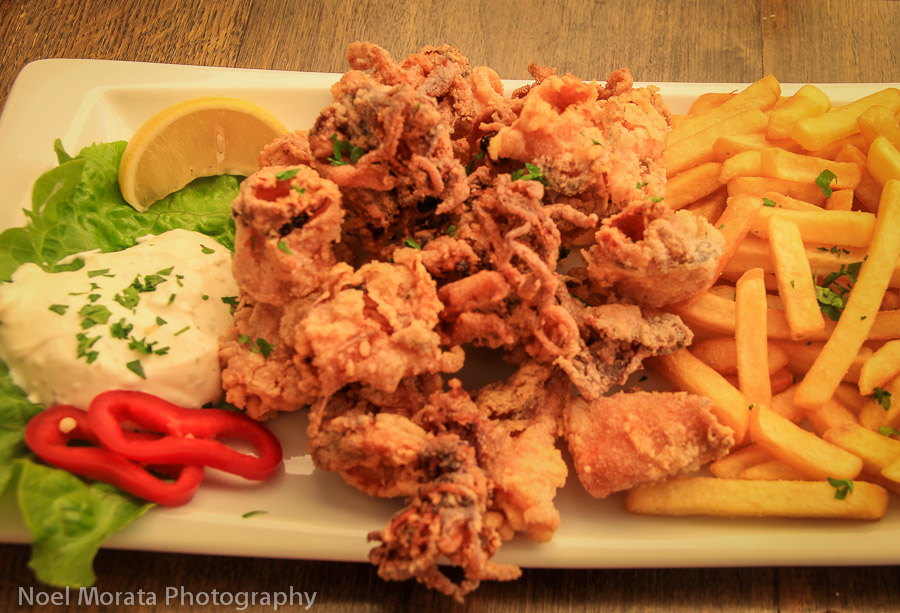
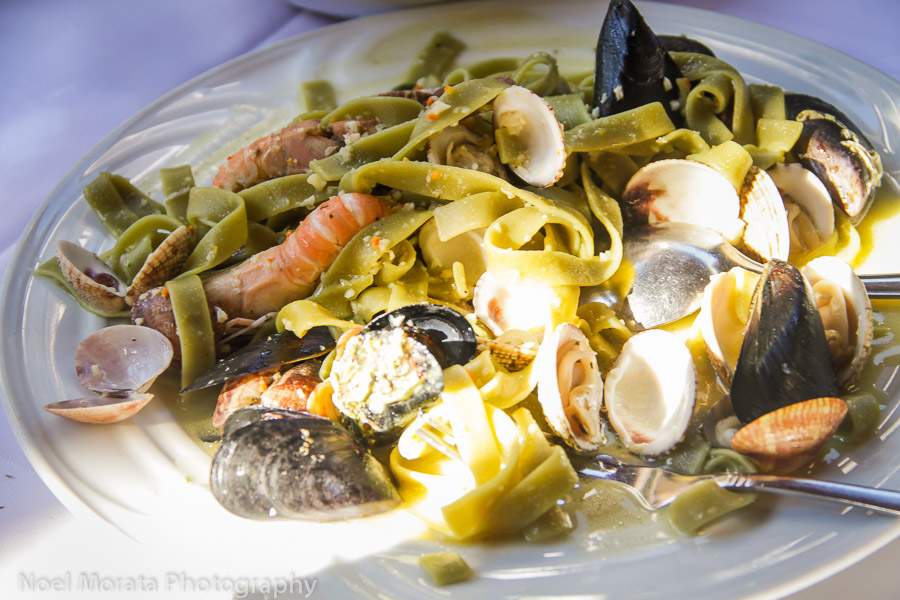

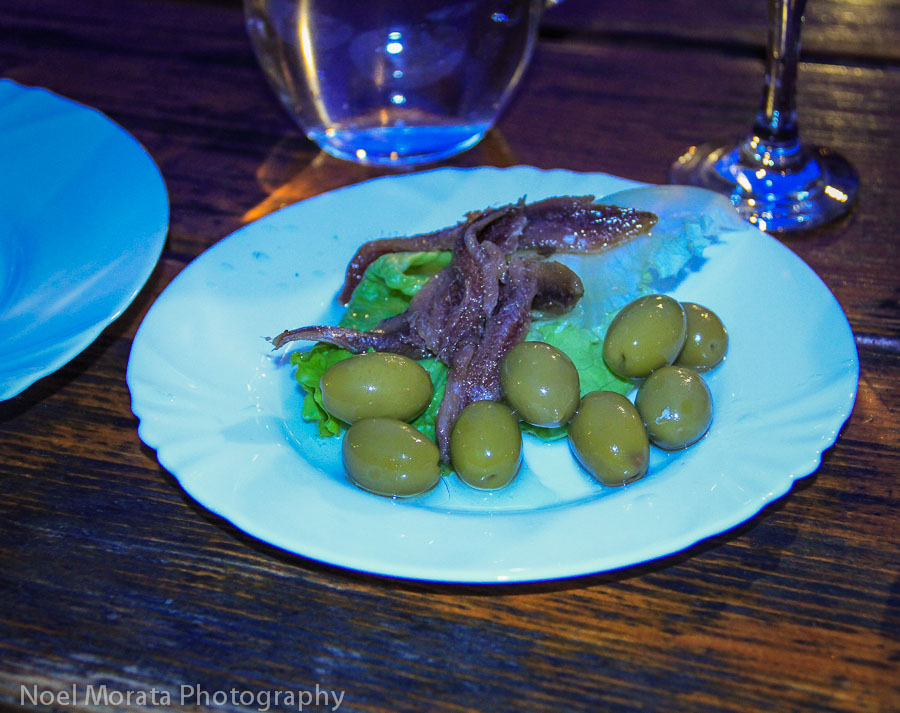
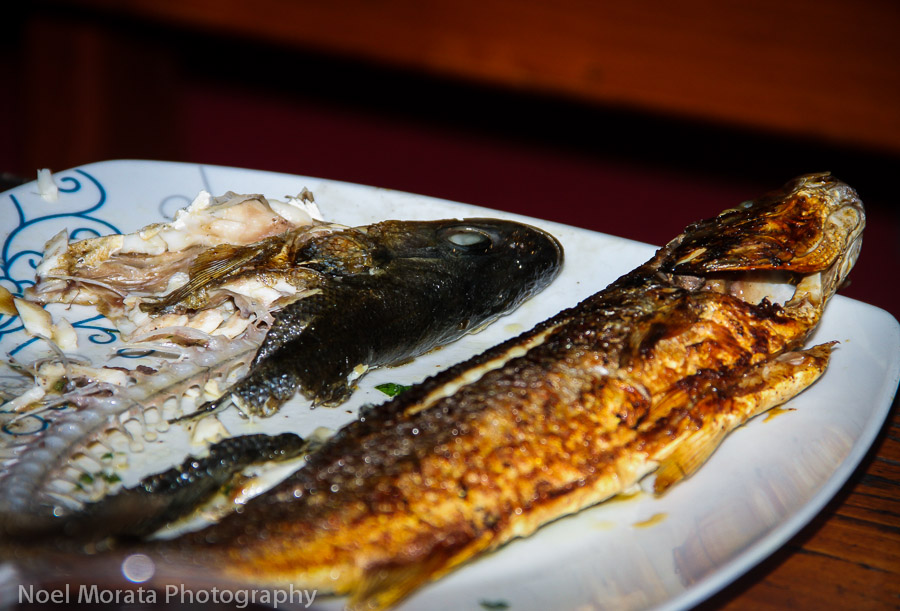
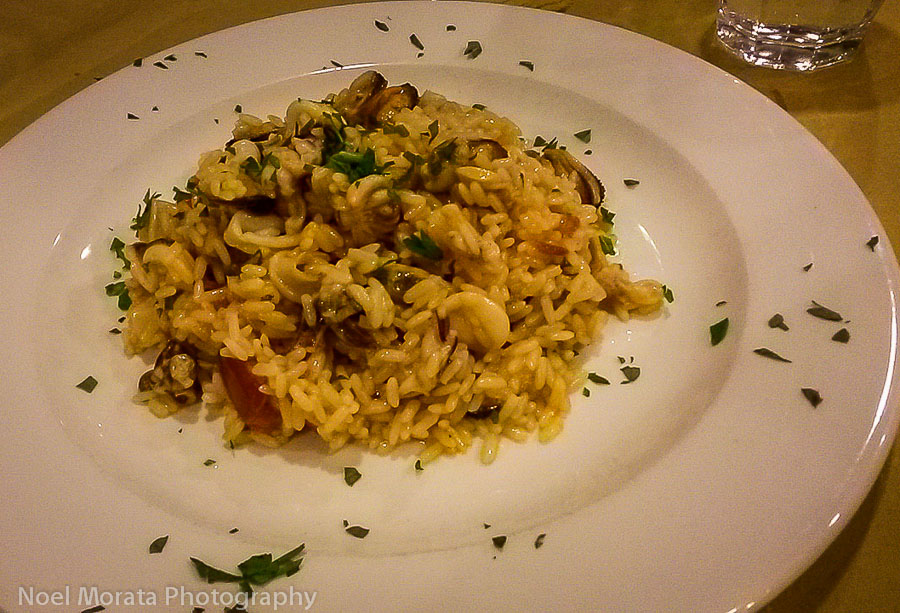
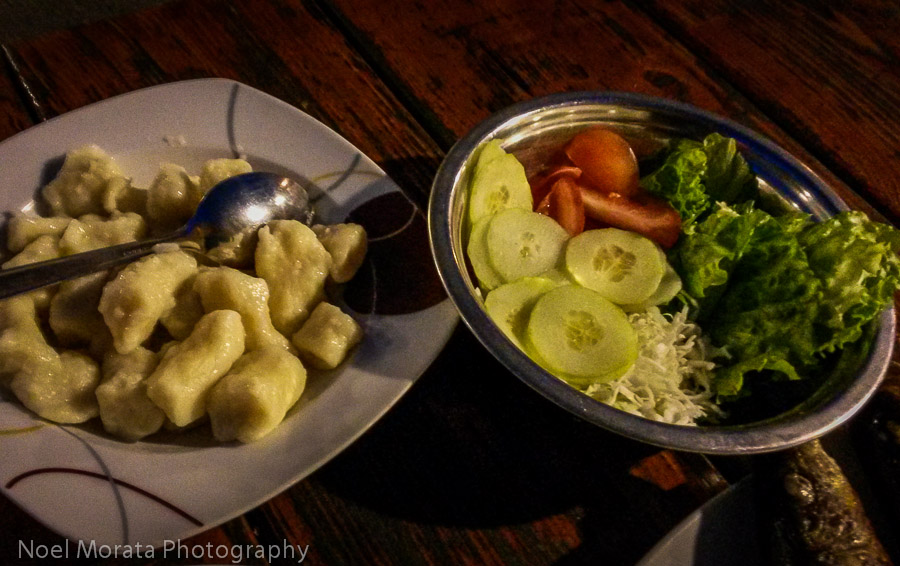
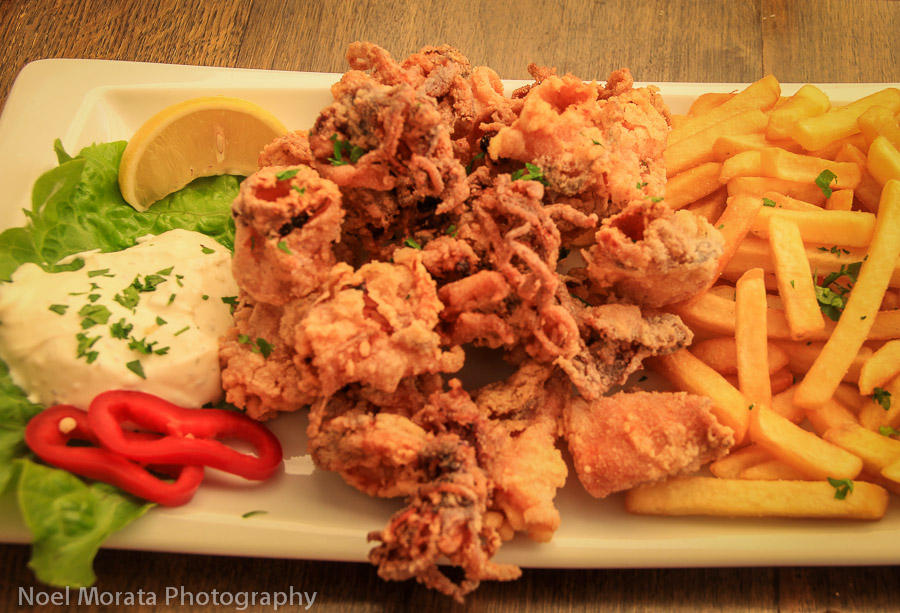
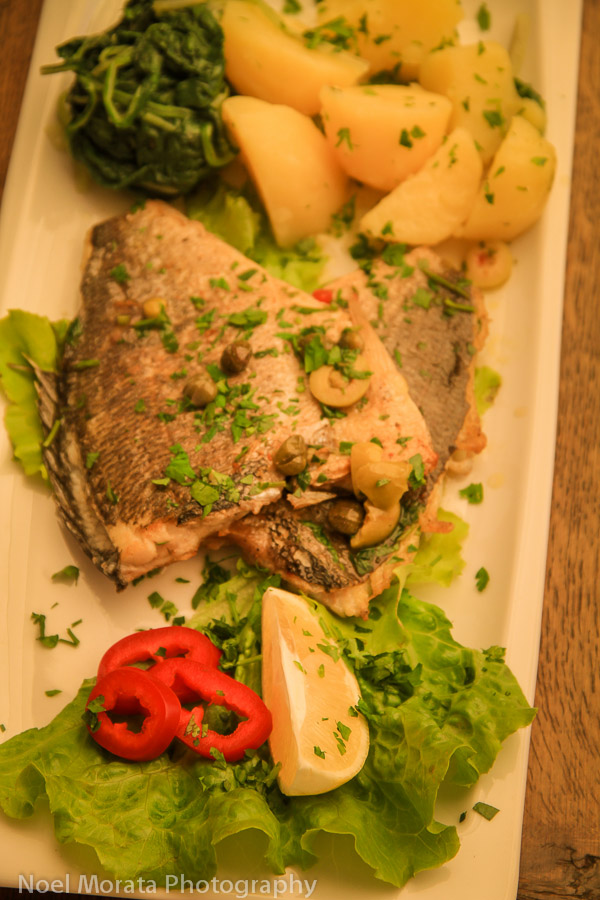
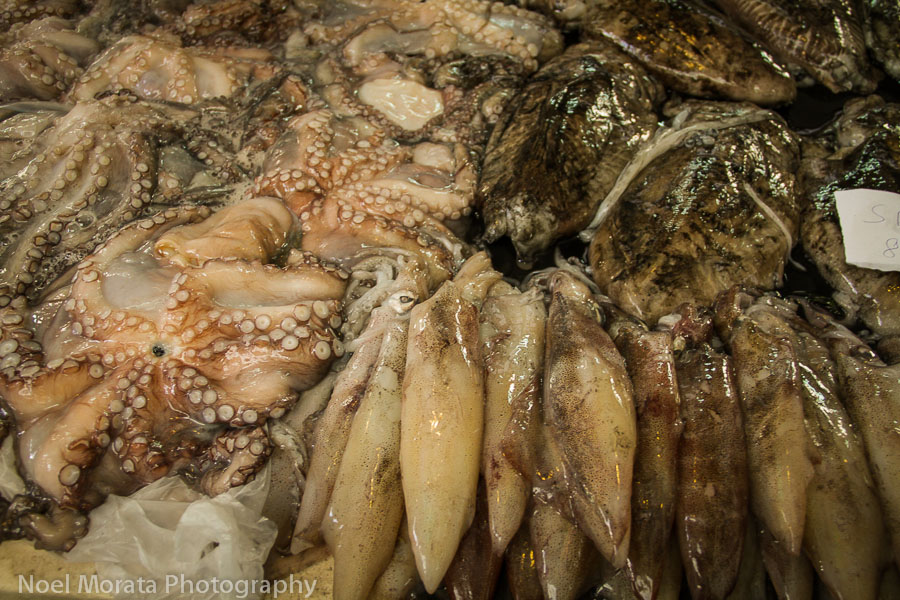
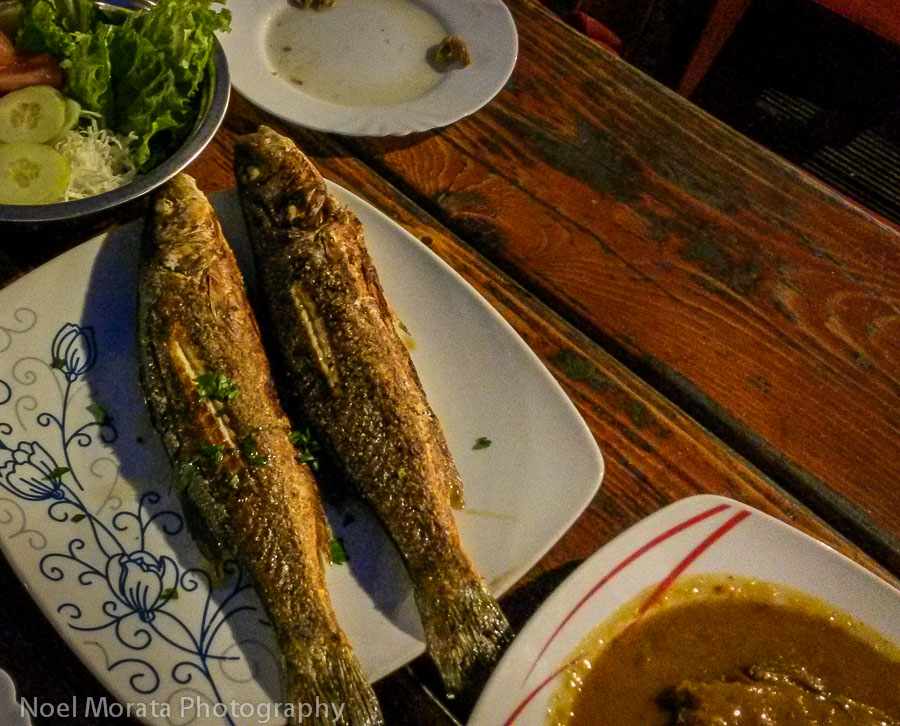
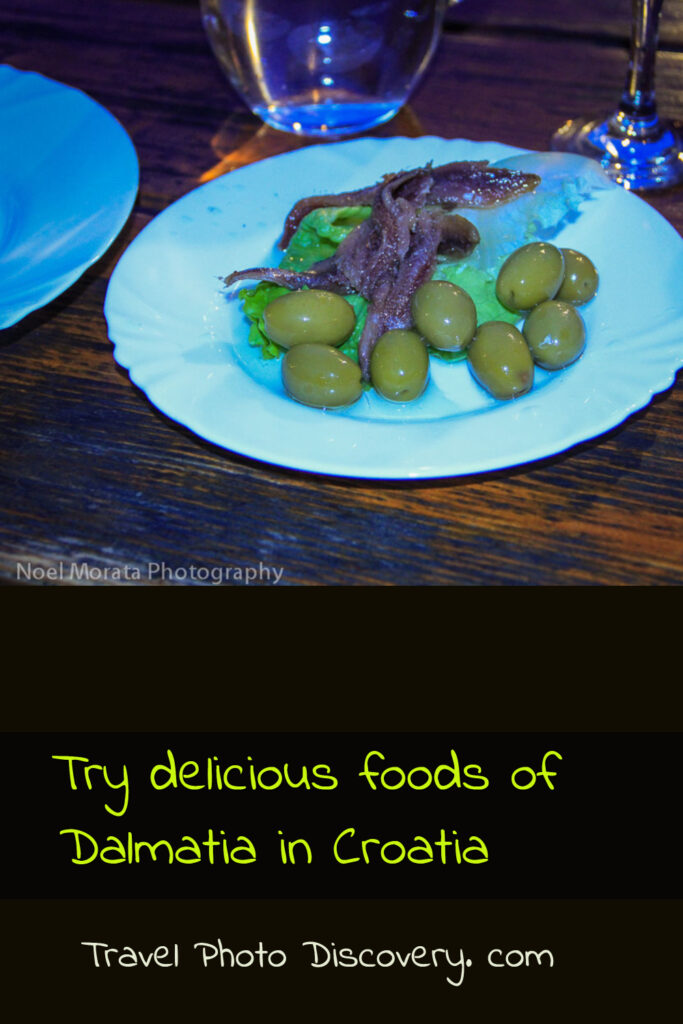
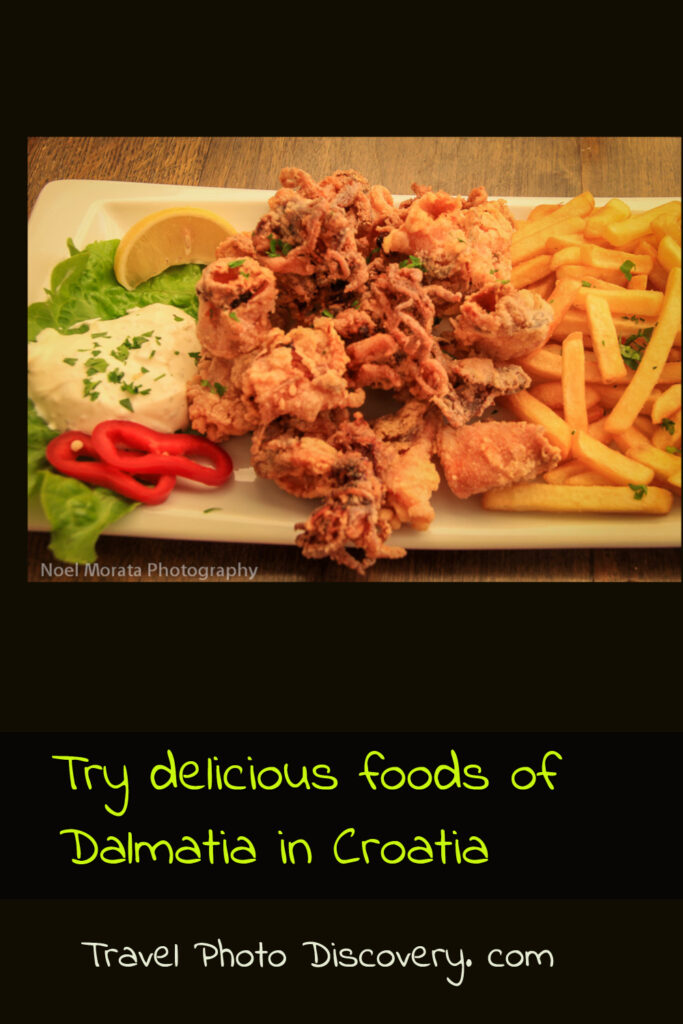
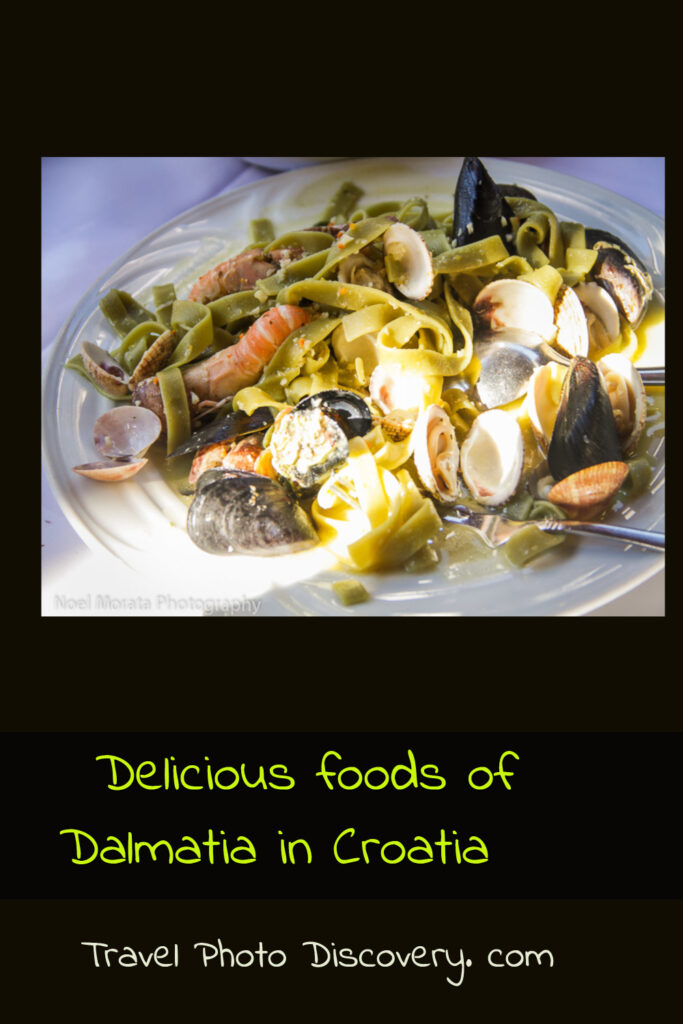

What’s upp tto all, because ӏ amm rdally eager oof
readcing tɦіs wweb site’s post tto bee updaated regularly.
ӏt clntains god data.
Lovely photos, Noel. I could almost taste the fish. Looks very delicious.
Thanks for linking up!
I am certainly an advocate for sampling new seafood so this cuisine looks right up my alley. I have heard from many different sources that Croatian food is excellent so it’s only a matter of time before we head over to that part of Europe and sample for ourselves. Great collection of images as always Noel.
The fried calmari looks really interesting… it’s a really different cuisine… I’d love to try it someday
I had some sort of fig treat in Dubrovnik, and for the life of me I can’t remember the name. It was shaped (and served) like summer sausage. The rest of the foods here look good too!
Looks so fresh and delicious! I love seafood and that second dish is my kind of meal… lovely! 🙂
I’m eating breakfast while reading this or else I’d be absolutely going mad looking at all these delicious food photos. Everything looks so yummy from the pasta and risotto to the simpler grilled fish. I seems that as long as you have enough money, there’s no chance of having a bad meal in Dalmatia.
The food looks simply delicious but also seems very healthy! Ah another place to pop onto that ever extending bucket list Noel. 🙂 Fab photos as always.
Looks absolutely delicious, very similar to Italian food! Especially that seafood risotto and the fried calamari, I’ll have two of those please!
Yum! Food is one of the big reasons why I love travelling. I’ve discovered some amazing dishes in my travels. Looking forward to discovering some of these when I eventually get to Croatia.
I would love to have these foods greet me after a long flight with no food 🙂 The olives and squid look mouthwatering and I would certainly be gulping the white wine, too! Sounds like an amazing trip. I don’t know much about Croatian food, but am ready to learn!
Everything is delicious Lori – so many mixtures of mediterranean food cultures into one amazing country!
there is a sort of fish dishes, all such brands of fishes are looks so awesome and taking me to taste the delicious style fishes now and forever @ local foods of Dalmatian coastline..
Was a bit early in the morning for fish for me! haha!
I’m not a fan of the slimy seafood but I’d eat the heck out of some well prepared fish! Yum! 🙂
Wow, even though its breakfast time here I could eat that now!
Delicious 🙂
That first dish would seal the deal for me. When I have such a beautiful meal straight up I either find it hard to move on and also everything else finds it hard to compete in my heart. But I see you had many more memorable meals. 🙂
I love fish, especially when its so fresh but I’m not a fan of calamari. Looks like good eating overall.
Noel, The food in Croatia was absolutely delicious…love your photos!
I know I could try someone wonderful every day that I’m visiting and never get tired of the food.